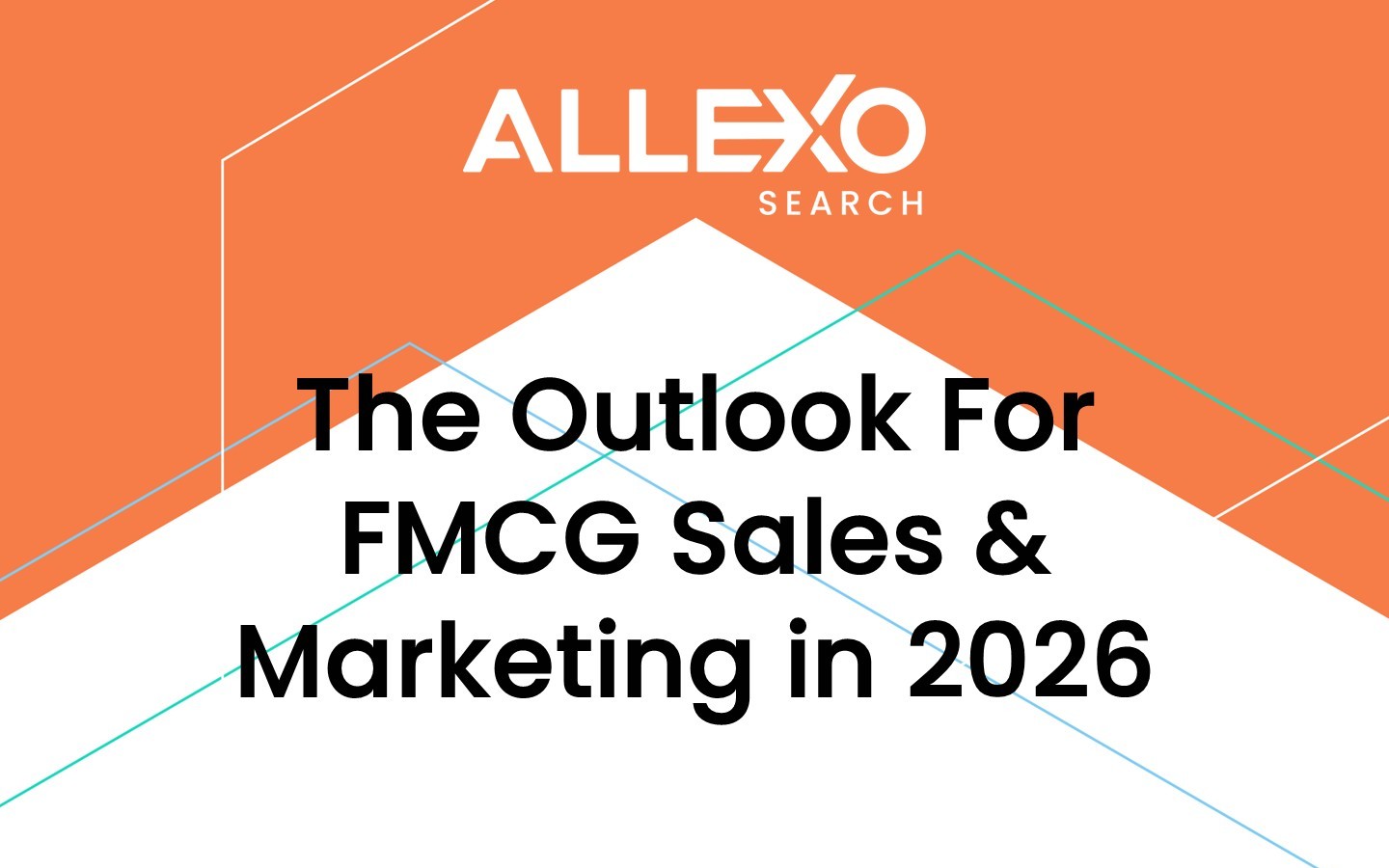As 2026 approaches, the UK FMCG landscape appears poised for another period of transition. After several years dominated by inflationary pressure, cost optimisation, and consumer caution, the next phase may not be about returning to normal — but redefining what growth, brand relevance, and commercial effectiveness actually look like.
Many signs suggest that Sales, Marketing, and Category teams could find themselves operating in a new environment — one shaped by shifting consumer habits, the growing power of retail media, and the rapid integration of AI.
Below are five dynamics that may shape the future of FMCG Sales & Marketing in 2026.
1. A Shift from Price Inflation to Volume Recovery
The era of inflation-led growth appears to be tapering off. As household budgets stabilise and consumers regain some purchasing confidence, price increases may no longer be the primary driver of value growth.
Instead, the focus for FMCG brands could move towards volume, penetration and frequency. UK consumers remain highly value-conscious and increasingly promotionally driven, meaning success may depend less on premiumisation and more on rebuilding accessibility and trust.
Brands may look to:
- Create new usage occasions through pack, flavour or mission innovation.
- Re-engage light or lapsed buyers, broadening household penetration.
- Redefine value propositions to reflect “worth it” rather than “luxury.”
If the trend continues, sustainable growth could come from depth of engagement — not from passing costs down the line.
2. Retail Media Gaining Strategic Weight
The UK’s retail media sector is expected to continue expanding rapidly, potentially surpassing £5 billion by 2026. Platforms such as Tesco Media & Insight, Nectar360 and Boots Media Group are redefining how brands reach consumers, blending shopper data, digital screens, and closed-loop measurement.
As this ecosystem matures, retail media may evolve from a niche activation channel to a central pillar of marketing and trade investment. For FMCG teams, this could blur the lines between sales and marketing even further.
Retail media could become the shared space where both functions collaborate — aligning insight, creative and trade planning around joint business outcomes with key retail partners.
For forward-thinking brands, treating retailers as media partners rather than customers may become a key differentiator.
3. AI and Automation Driving Faster Decision Cycles
Artificial Intelligence is already reshaping many commercial processes, and 2026 may mark the point where AI and automation become embedded across planning, forecasting and execution.
Advances in predictive analytics and generative tools could enable:
- Dynamic trade optimisation, adjusting spend in near real-time.
- Automated reporting, freeing teams to focus on strategy.
- Faster creative testing and content personalisation at scale.
This increased responsiveness might fundamentally change how commercial teams operate — shifting from static planning to continuous iteration.
Yet success will likely depend on more than just technology adoption. It may hinge on data literacy and culture — ensuring teams can interpret, question, and act on insights responsibly.
If implemented well, AI may not replace human decision-making, but enhance it — enabling sales and marketing functions to operate with far greater agility and precision.
4. Purpose, Proof and the Next Chapter of Brand Trust
While purpose-led marketing has dominated much of the past decade, 2026 could see a redefinition of what “purpose” really means to consumers.
UK shoppers are becoming increasingly sceptical of unsubstantiated ESG claims. Regulation, including the CMA’s Green Claims Code and potential updates to environmental labelling, may place more pressure on brands to demonstrate authenticity through action.
Trust could increasingly depend on evidence, not intention. That might mean:
- More transparent sourcing and supply chain disclosure.
- Investment in circular packaging and carbon-reduction initiatives.
- Closer collaboration between brand, R&D and trade to commercialise sustainability responsibly.
As consumers seek brands that make life simpler, healthier and more consistent, the emphasis may move from grand narratives to everyday credibility.
5. Rethinking Teams, Skills and Collaboration
Finally, the changing landscape may require FMCG organisations to rethink how their commercial and marketing functions are structured.
Traditional silos between sales, marketing, insights and eCommerce could continue to dissolve as growth increasingly depends on integration and speed. Businesses may prioritise cross-functional capability, where individuals can move fluidly between category strategy, activation, and customer planning.
Talent strategies might also evolve. As competition for commercially-minded, digitally fluent professionals intensifies, companies could place greater emphasis on retention through flexibility, learning and visible career progression.
The ability to build agile, insight-led teams — rather than rigid hierarchies — may become a defining feature of high-performing FMCG organisations.
What This Could Mean for UK FMCG Leaders
If these trends take shape, 2026 could represent a strategic turning point. Sales and Marketing leaders may need to:
- Refocus on penetration-led growth and new consumption occasions.
- Build deeper collaboration around retail media and customer marketing.
- Use AI and automation to speed up insight and execution.
- Demonstrate purpose through measurable impact, not messaging.
- Design modern, blended teams that connect data, creativity and commerciality.
None of this is guaranteed — but the direction of travel is clear.
A Year of Redefinition, Not Recovery
If 2025 was about stabilisation, 2026 may be about transformation. The UK FMCG industry appears to be entering an era where agility, authenticity and alignment matter more than ever.
Brands that can connect consumer understanding with commercial delivery — and bring Sales, Marketing and Category into a single rhythm — may find themselves not only navigating the challenges ahead, but shaping the next era of growth.
The opportunity is there for those willing to adapt early.




